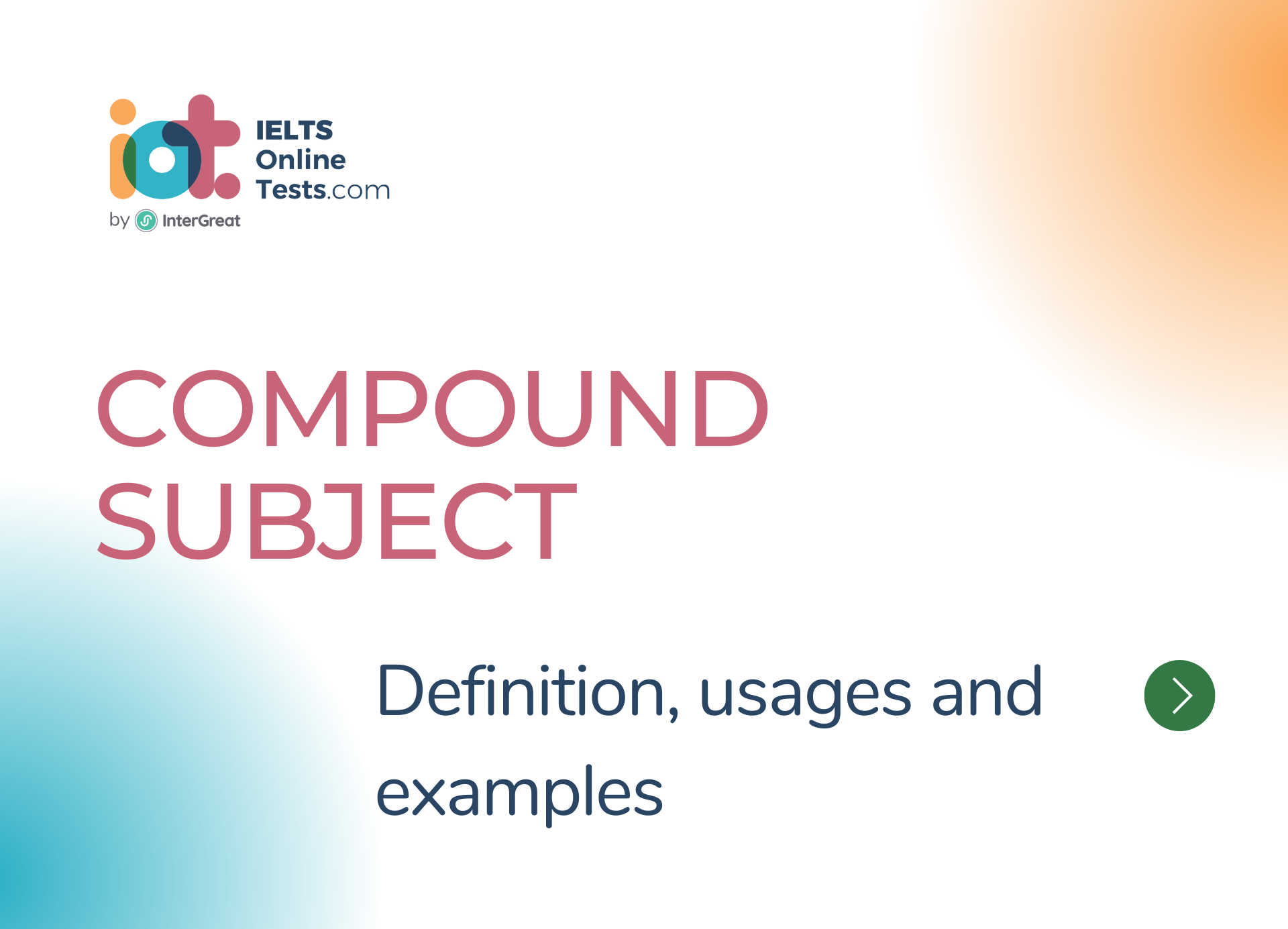
Compound Subject
A compound subject consists of two or more nouns or pronouns joined together by a coordinating conjunction. It functions as the subject of a sentence, representing multiple individuals or things that are performing the action or being described.
Here are some important points about compound subjects:
Definition: A compound subject is composed of two or more nouns or pronouns that share the same verb and perform the action or are the focus of the sentence together.
Example: In the sentence "Mary and John went to the party," the compound subject is "Mary and John." Both individuals are the subject of the sentence and perform the action of going to the party.
Coordinating Conjunctions: Compound subjects are connected by coordinating conjunctions such as "and," "or," or "nor." These conjunctions link the individual subjects together in the sentence.
Singular or Plural Agreement: The verb that follows a compound subject must agree with the number of the subjects. If both subjects are singular, the verb is singular. If both subjects are plural, the verb is plural.
Examples:
- Jane and Mark are going to the movies. (Compound subject: Jane and Mark)
- Dogs and cats are popular pets. (Compound subject: Dogs and cats)
- She or her brother will drive to the party. (Compound subject: She or her brother)
Sentence Types: Compound subjects can be found in different types of sentences, including declarative, interrogative, imperative, and exclamatory sentences.
It is important to ensure subject-verb agreement when dealing with compound subjects. The verb must be properly matched to the number (singular or plural) of the compound subjects. Understanding compound subjects helps in constructing grammatically correct sentences and conveying the collective action or focus of multiple individuals or things.




